When one thinks of marketing their musical, one’s first thoughts–and often, last thoughts – are: “social media.” After I persuaded a community theater organization to produce my original historical musical, The Only Man in Town, I realized that we had a problem. The musical marketing methods that the organization had been using for the last 49 years—newspaper ads, posters— that worked for well-known scripts (like The Sound of Music), might not sell ANY tickets for an original production that no one had heard about.
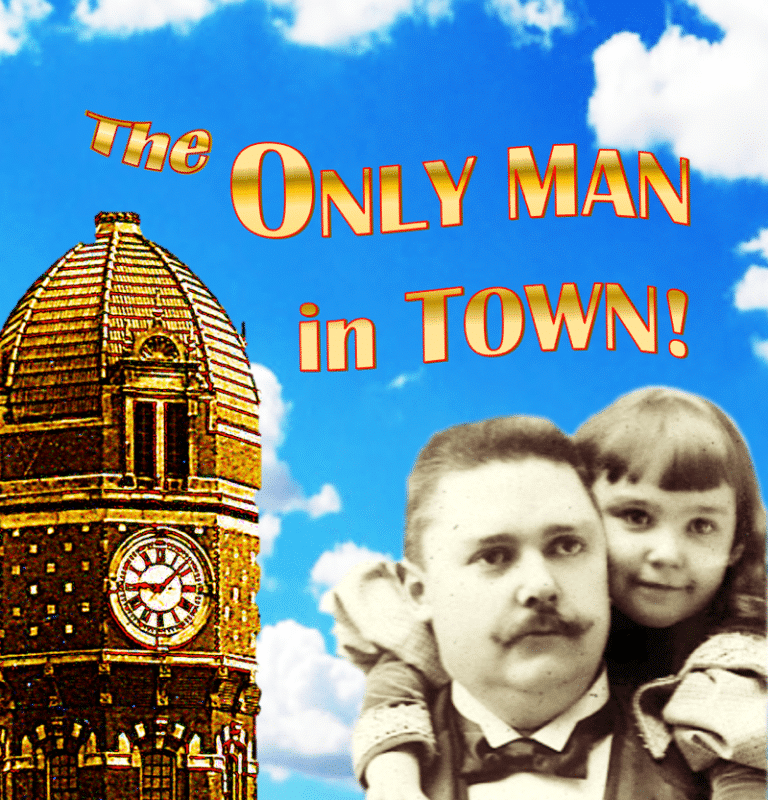
The Only Man in Town Poster
I had given my all for eight years researching the history of events at the end of the 19th century that were the basis for my play, writing the book and the songs, and orchestrating the music for a 14 piece pit orchestra. But now, I realized that it was also up to me to promote the play and sell tickets.
Several experts told me to forget about posters, newspapers, and flyers, and rely solely on social media. But, knowing the typical demographics of a musical audience – and of individuals most interested in our community’s history – I thought other promotion avenues might be equally or more valuable. And – spoiler alert – I was right!
In this article, I will share 18 different musical marketing techniques I used to SELL OUT 3 performances of 800 tickets each, for a total of 2400 ticket sales. (It’s important to note that the pandemic pushed the show back, so I had 3 years total of promotion time.)
You certainly do not have to use all of these techniques, but consider adding a few to your marketing plan next time one of your shows is being produced locally.
1. Speaking Engagements
I developed a PowerPoint presentation that combined the real history on which the play was based and a discussion of how I took newspaper articles, advertisements, and historical facts and combined them into songs. Because I play the piano rather well and can sing adequately I accompanied myself and sang the songs at each of the venues. Those venues included 3 senior citizen residences, 3 senior citizen centers, 3 local historical societies, 3 Rotary organizations, and meetings of the Kiwanis and of the Masons.
2. Public Comment Opportunities
Governmental organizations often permit the public to speak on any subject for 5 minutes or less. I therefore spoke about my musical at the City Council and a Township Board meeting. Any place where people who may be interested in your musical are already gathered can be an opportunity to share. Other possibilities might include Planning Commission meetings or other community groups.
3. Radio Interviews
Everyone has different skills and different phobias. I enjoy public speaking, but hate talking on the telephone. Luckily my sister is persuasive and eloquent and enjoys talking on the phone, so she took on the task of reaching out to places like radio stations on my behalf. It took two years of her contacting the radio station, dropping in, and sending materials, but eventually I was interviewed about my play by Michigan Public Radio. The producer did a great job of introducing and ending the segment with music from the play. I was delighted when so many people told me that they had heard my interview.
4. Affinity Groups
Affinity groups are organizations or populations of potential audience members who have a particular interest in the subject matter of your musical. My play concerned a pharmacist who became a government official and an entrepreneur who built the world’s largest stove company. This protagonist was also a real estate developer and a Freemason who was known for the building of a specific clocktower.
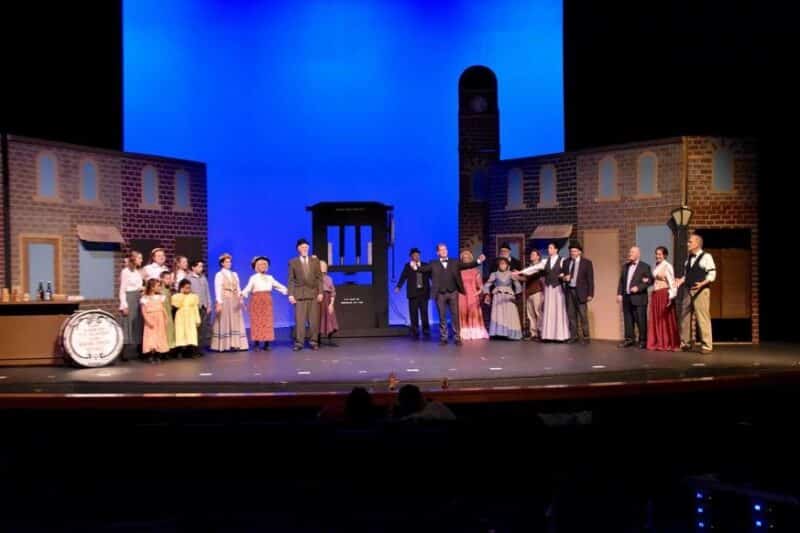
Therefore, to promote the show, I reached out to a manufacturer of stove making machinery (Bliss Industries), local pharmacies, statewide and regional organizations of pharmacists, and local government officials. I wrote letters to the individuals currently living on a road named after the protagonist, reached out to the local masonic lodges, and the current clocktower owner.
As a result of these efforts, the musical received a donations from Bliss Industries and the clocktower owner and was featured in a regional pharmacy newsletter. At least one state representative came to see the performance, on top of the many individuals that attended because I reached out to an affinity group.
5. Hotels
We personally contacted the managers at two local hotels and urged them to publicize the play to guests at their hotel during the weekend of the production.
6. Free Publicity
I collaborated with a local newspaper print a small block each week that presented humorous or surprising news snippets from our town’s news in the nineteenth century.
For example:
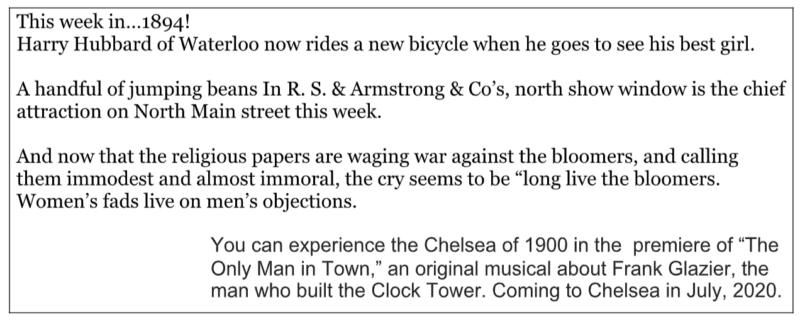
7. Parades
For the annual Chelsea fair parade, we entered a Model T with a big sign about the play on the on both sides, while women dressed in costume handed out flyers about the play.
8. Bus group sales
Searching online, I identified 47 different groups that rented busses and organized trips to local theaters and other venues. I created an excel sheet with the groups’ phone numbers, addresses, and names, and turned the project over to my sister.
From this, she succeeded in convincing seven groups to come to see the play. They payed a lower rate per ticket and received “special treatment” that included a specific entrance near to the buses and being able to enter the theater before the rest of the audience. My sister even got the “Red Hat” ladies to come!
9. Postcards
A member of the community theater’s board wrote a successful grant proposal that provided funds to print and mail a large postcard to 5000 area addresses.
10. Event Prizes
We provided pairs of tickets to several groups that were used as prizes for game nights, a Saint Patrick’s Day party, and other events.
11. Drawings for Free Tickets
At several locations around the theater, we gave potential audience members the opportunity to enter a contest for free tickets by filling out a card with their name and email address. After selecting the winners, we also sent emails to entrants who did not win, letting them know about the play and offering discounted prices.
12. The Library
We advertised the show with an educational display in a glass case at the local library. I also took advantage of a songwriting contest held by the library, and one of the songs from the musical was selected for performance at the library, featuring myself as the vocalist with a live country western band!) All of this was more free publicity for the musical.
13. Orchestral Medley
Under the mentorship of the remarkable Broadway conductor and orchestrator and arranger Larry Blank, I spent almost a year arranging seven of the songs from the musical for a wind symphony orchestra. The local high school agreed to perform the piece in their May concert. It was so exciting to attend rehearsals and then attend the performance. I worked out an agreement with the music boosters that they could sell tickets that night for $10 off and that we would pay them a donation of $5 for every ticket that they sold.
14. Tie-in Promotions
My sister visited a local distillery/bar and persuaded them to create a special drink honoring the play: “The Clocktower Cocktail.”
15. Local Influencers
We identified community members who had influence in the community, including the town barber, and invited them to a staged reading back in 2019, complete with post-show audience feedback and champagne.
16. Restaurants
Special paper placemats were designed and printed and handed out to local restaurants. One restaurant promoted the play on their electronic billboard.
17. Community Group Involvement
Of all the strategies I tried, trying to incorporate other community groups into the performance was one of the least successful. I tried to put on stage a local ukulele group, but they lacked the confidence to play. I wrote a waltz for a local string quartet to perform while the main characters dance, but they, along with a high school group they recommended, were not interested.
18. Posters
I designed a variety of posters and printed them. Although I provided them to the cast and to the community theater board, far fewer were put on display than I had expected. I thought that I could go around town and put them up myself, but because I work full time as an attorney this was not feasible.
Other Musical Marketing Attempts
A few other “failures” worth mentioning: I sent audition information to seventeen church choirs, but don’t believe that anyone from those groups attended. I contacted the owners of Ann Arbor’s first “sky-scraper”, built by the play’s central character, but they showed no interest, nor did the University of Michigan’s Alumni Office, although Glazier was an 1881 alumnus.
The Results
Despite a few setbacks, these efforts led to an overwhelming success: three SOLD OUT performances, each with 800 attendees.
That’s 2400 tickets sold!
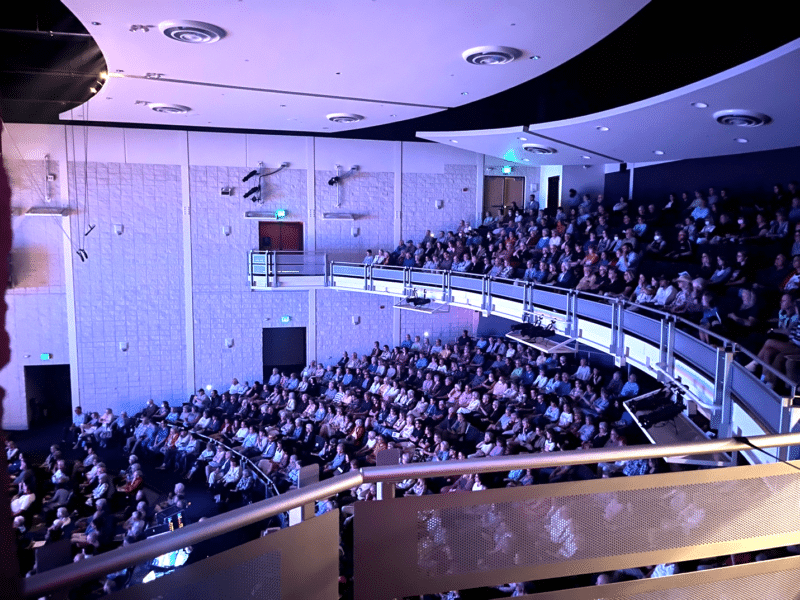
This success wouldn’t have been possible with social media alone. By thinking outside the box and utilizing a diverse range of marketing techniques, we were able to reach a wide audience and generate incredible buzz for The Only Man in Town.
Takeaway? Don’t limit yourself to just one method. Mix it up, get creative, and don’t be afraid to try something new. Each step, whether big or small, contributes to building awareness and excitement about your production. Remember, the more you put yourself out there, the higher your chances of connecting with potential ticket buyers.
So, get out there and start promoting! Your musical deserves to be seen and celebrated. Use one or more of these strategies to help make it happen, and you might find yourself with a sold-out show, too.
Jason Eyster is the the author and composer of The Only Man in Town, a “rousing, tuneful portrait of the visionary Frank P. Glazier.” Eyster and his musical have been featured in publications such as Current Magazine, The Chelsea Update, and The Toledo Blade.
Eyster is a member of MusicalWriters Academy.
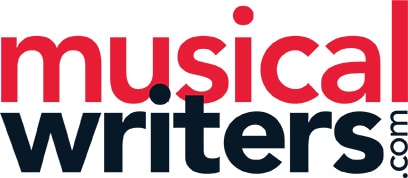
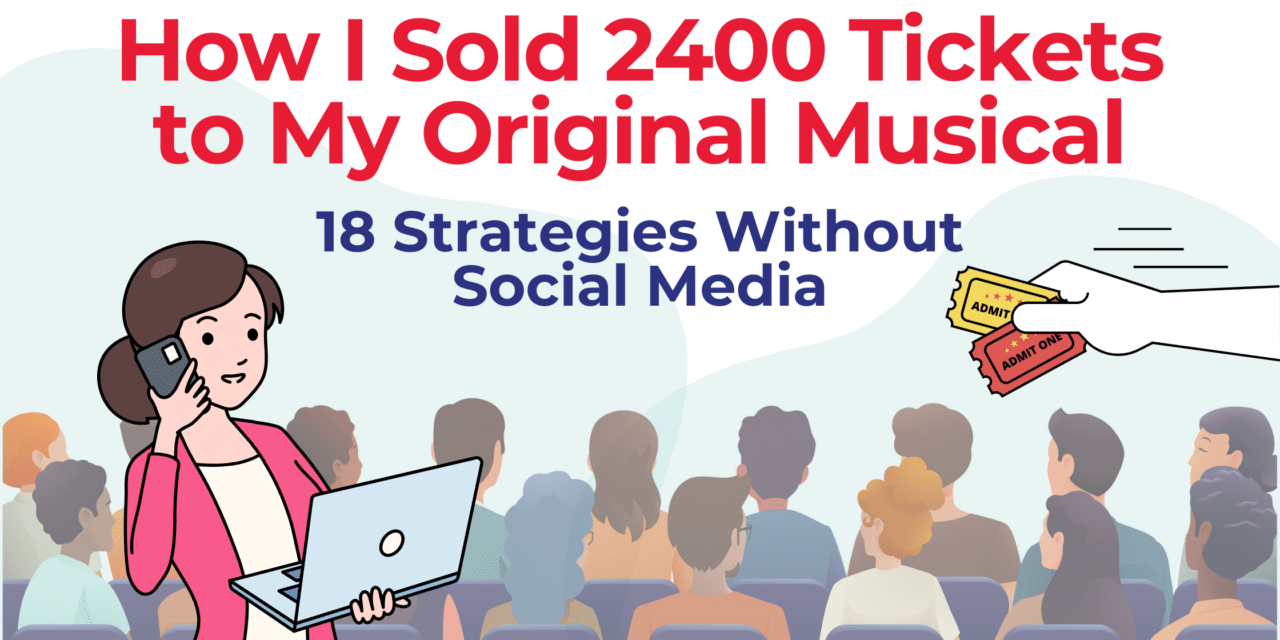
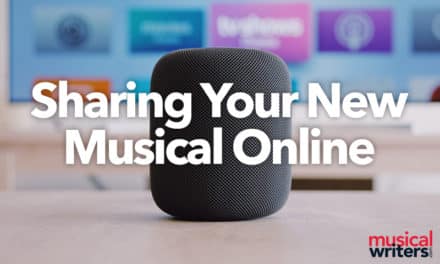
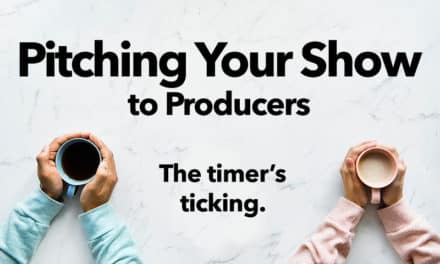
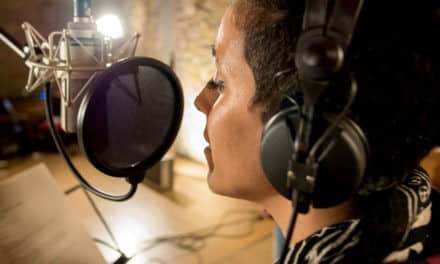
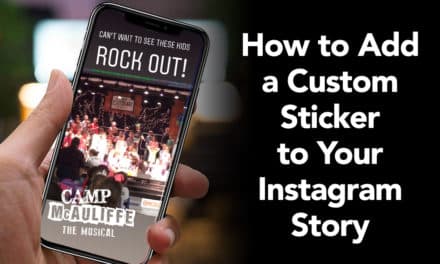


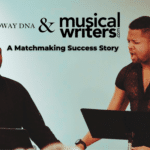


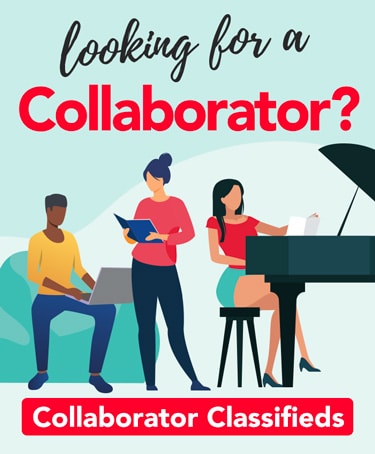
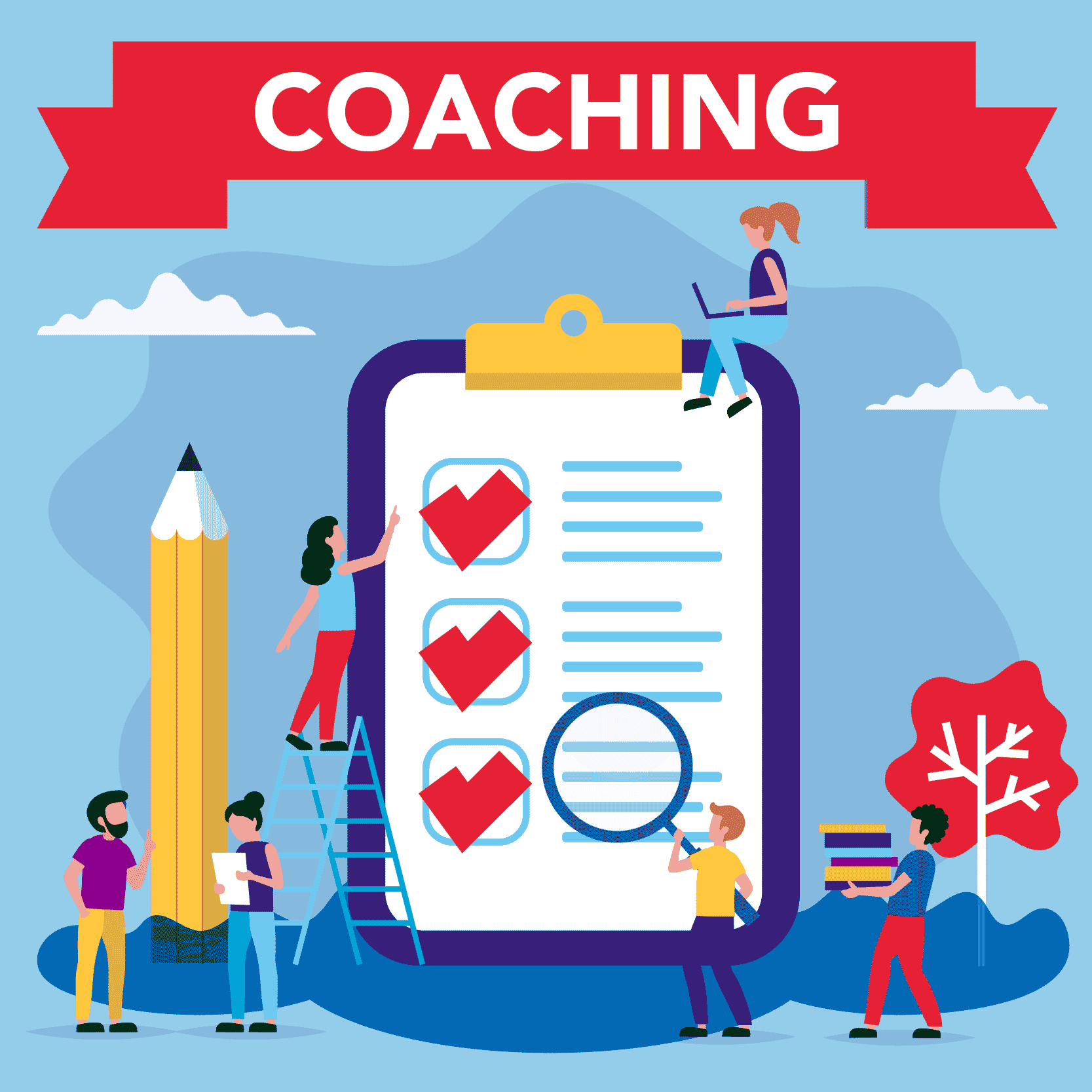
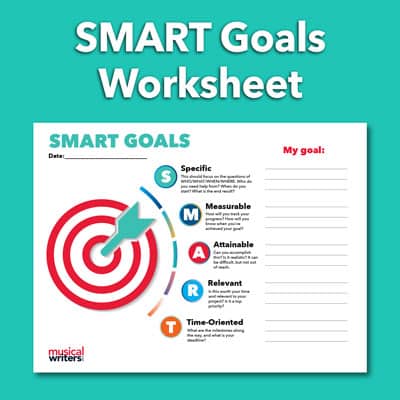
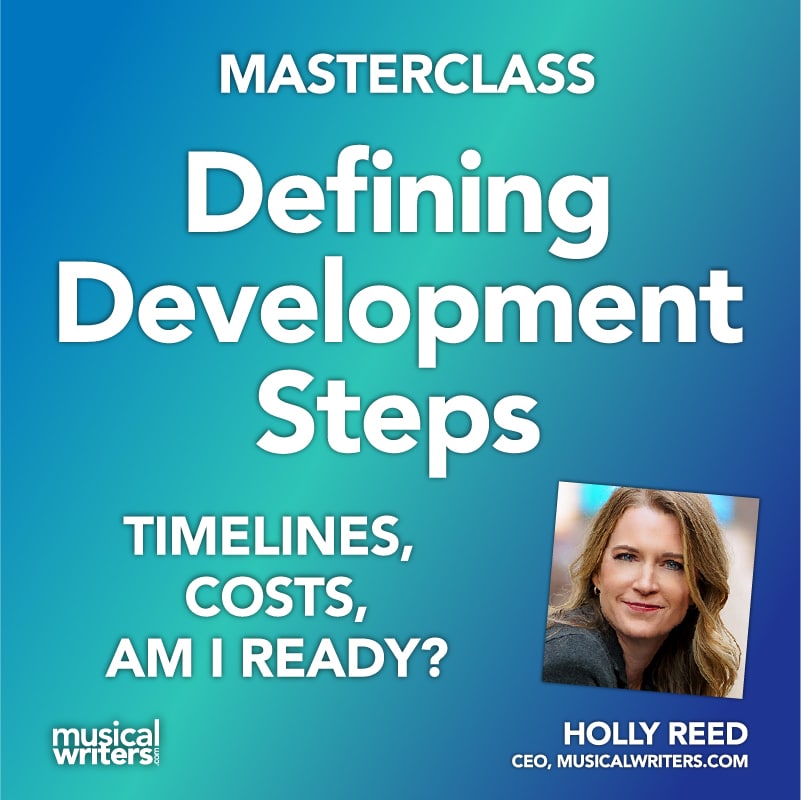
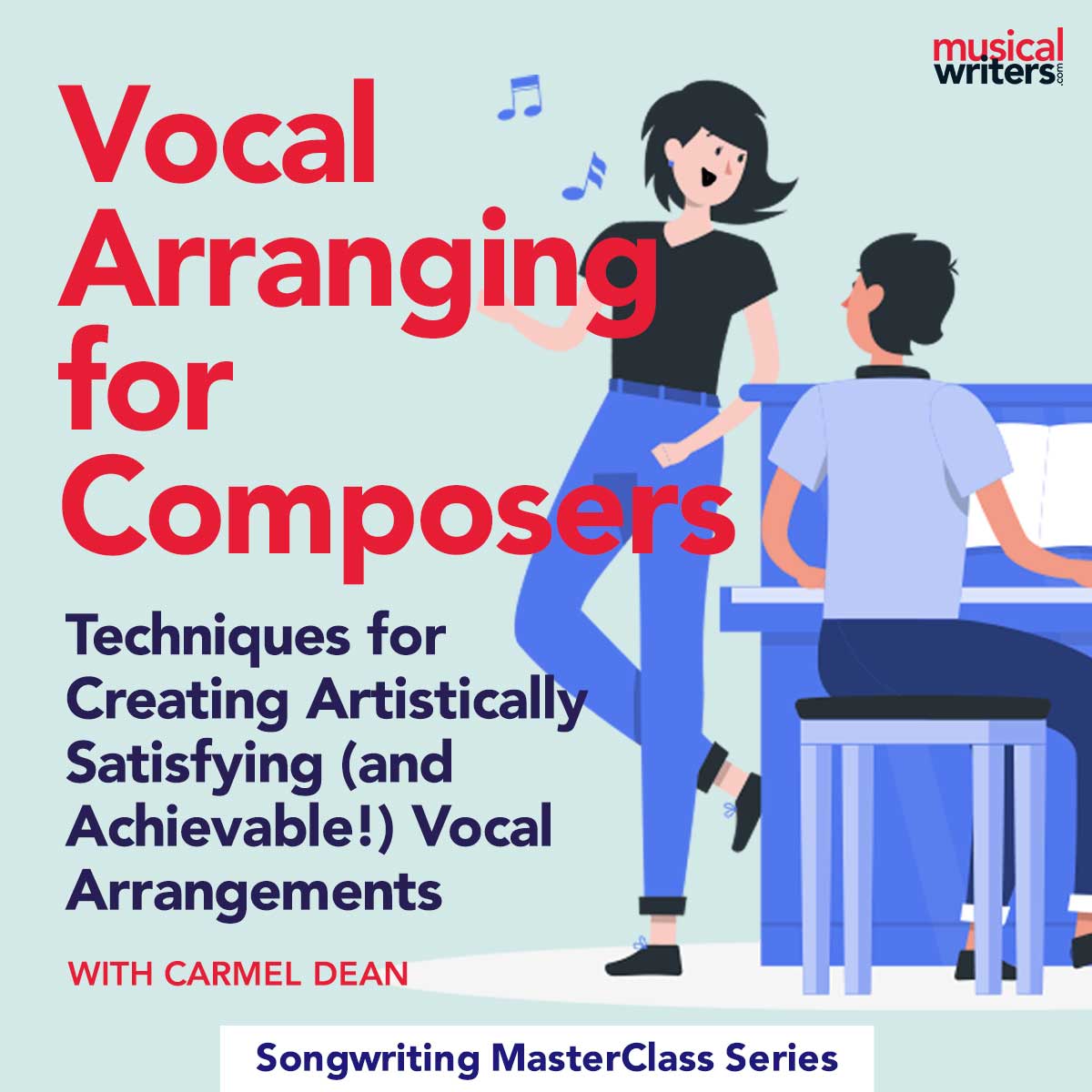
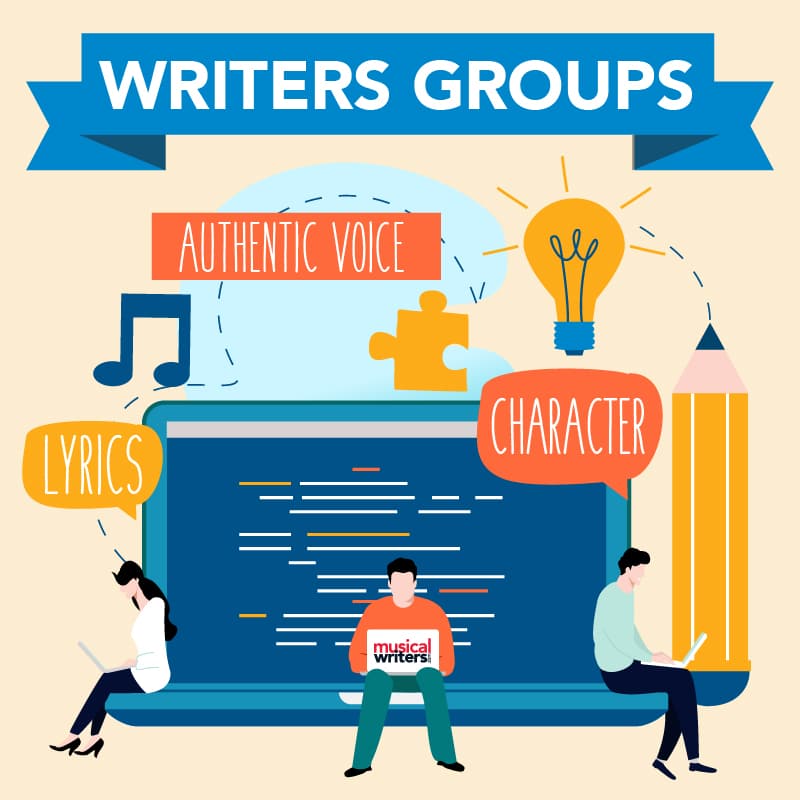
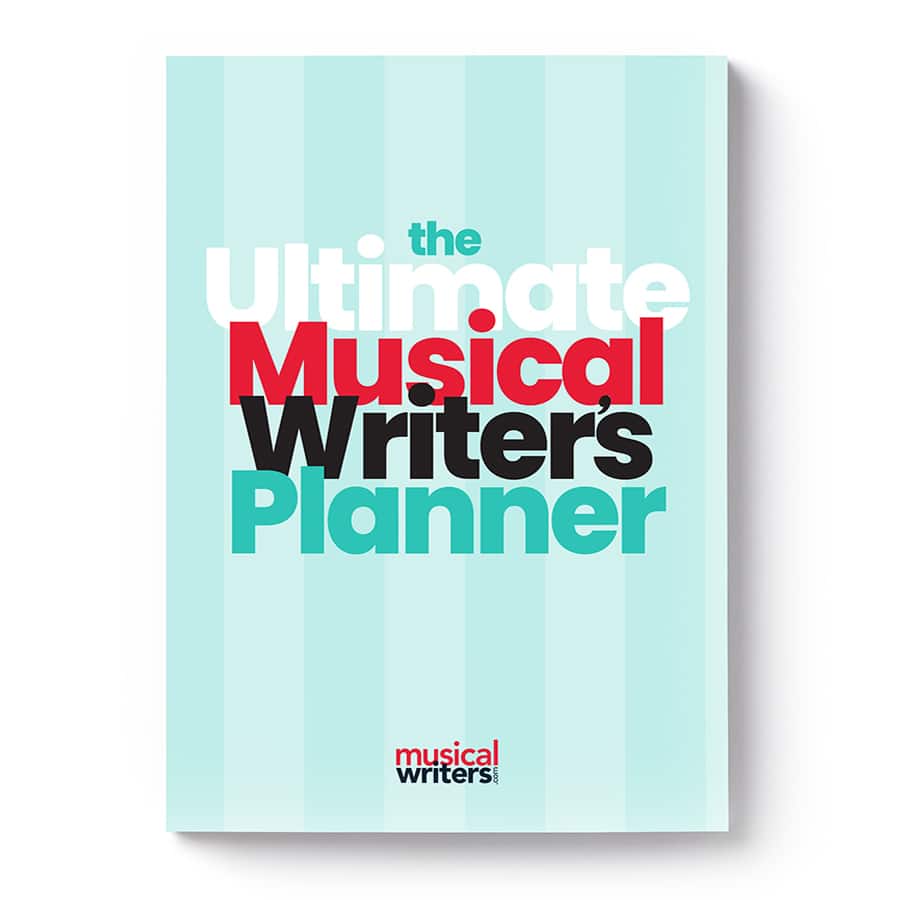
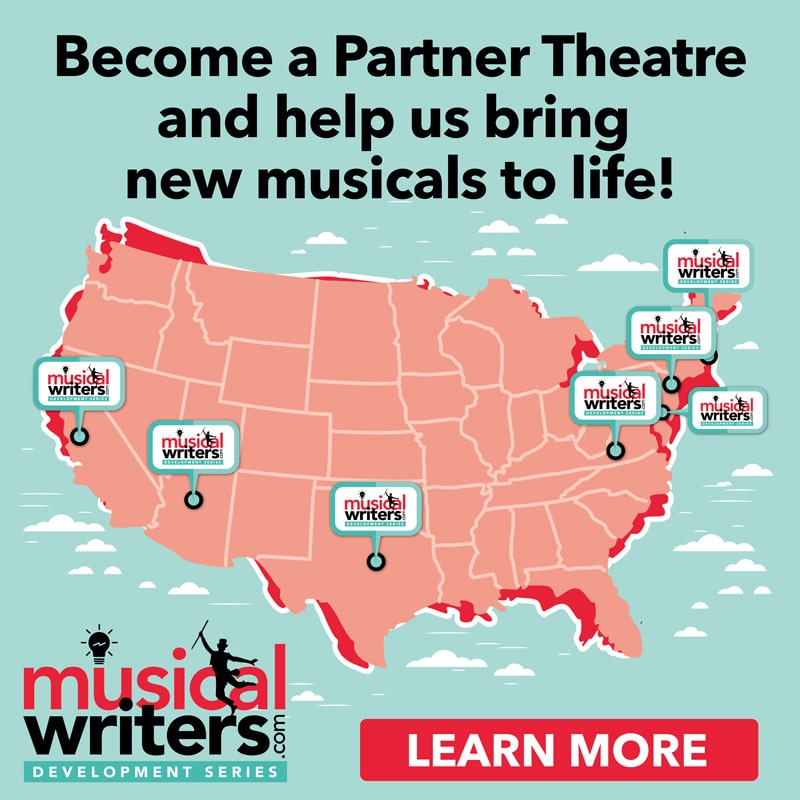
These ideas are fantastic! Thanks for sharing, Jason!
Grateful for these down-to-earth ideas. Thanks for taking the time to share them!
Excellent ideas and insights! Thanks so much for sharing them, Jason!